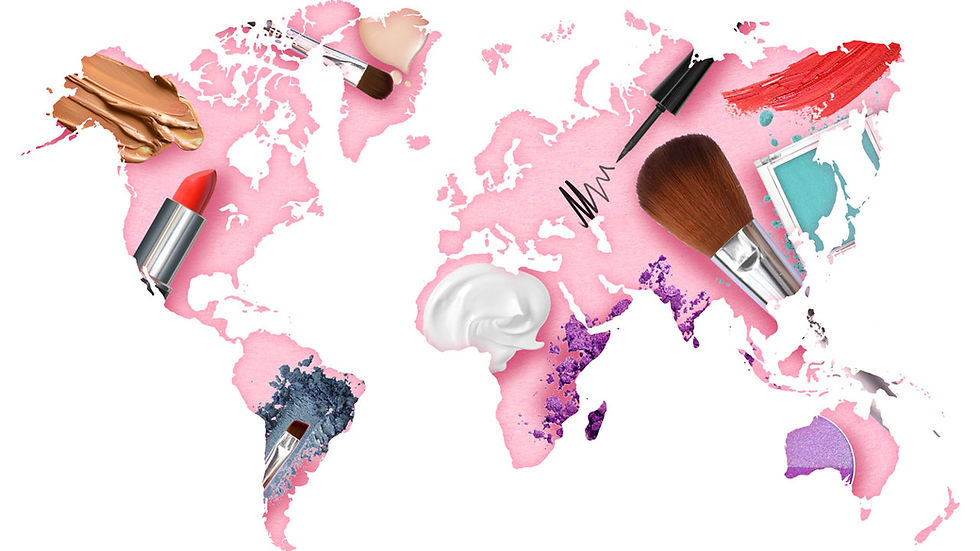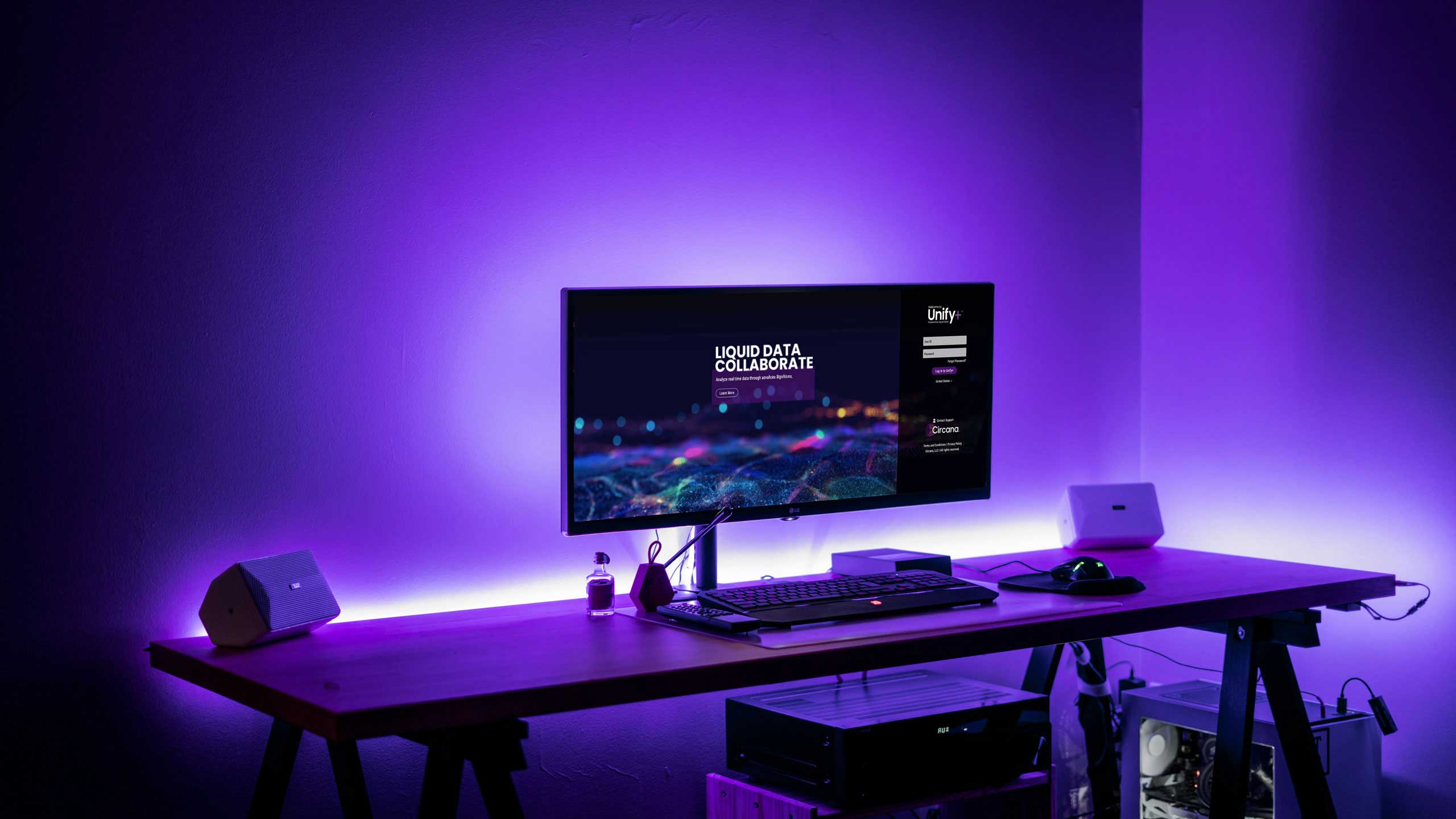- Jennifer Famiano

- May 14
- 2 min read
Updated: May 21
How Consumer Preferences Have Changed In The Beauty Industry
Pre-pandemic, the skincare market had one major influencer setting the tone for many of the products U.S. consumers were reaching for: “clean” formulas. The clean beauty movement accelerated in the 2010s, driven by rising concerns about potential health risks associated with synthetic ingredients commonly used in skincare products. Rising to prominence in the beauty industry during a time when social media was also coming into its own power and influencer culture was strong, clean beauty brands capitalized on consumer interest in all things wellness-related and ushered in the idea of ingredient transparency.
Clinical Expertise Rises Above Clean Beauty Producs
Fast forward to 2025, however, and we see that clean skincare sales are declining, based on first quarter sales – suggesting that demand is waning. Today’s consumer is swapping skincare brands with a clean ingredient focus for those rooted in clinical expertise. In prestige beauty outlets, skincare accounts for the largest share of clean beauty product sales but has been declining since 2022.
One of the inherent and persistent dilemmas with the concept of “clean” is the lack of a universally accepted criteria or regulation, leaving the consumer confused on what “clean” means. Such ambiguity factors into why consumers are instead gravitating towards brands with a clearer, clinical heritage and backed by experts such as dermatologists, chemists, or other medical professionals.
The Importance Of Transparency, Sustainability & Ethical Practices For Beauty Products
It’s important to note that the underlying principles of clean beauty continue to align with consumer values for transparency and safety. Consumers want to know what ingredients they are putting on their skin and ensure the products they use are beneficial to them. Today’s consumer is not only self-educated but discerning, reading reviews and listening to experts on social media.
Innovation drives business forward and there are bright spots for the clean segment popping up in other areas of the beauty industry. Notably, clean fragrance brands are growing dollar sales by double-digits, led by improvements in alcohol-free formulations. The development of new technologies that create a more stable and high-quality emulsion that can hold scent is moving the needle and lifting sales. Without a doubt, clean beauty has carved its place in the industry as it embraces innovation across beauty categories and has opportunities to further mature in skincare.
The clean trend may have started as a movement towards safe ingredients but has expanded to encompass sustainability and ethical practices in addition to transparency. With advancements in lab-grown ingredients and consumers’ continued interest in gentle but functional skincare, clean skincare will continue to evolve.
Get Comprehensive Insight Into the Beauty Industry With Circana's Complete Beauty
Circana's Complete Beauty provides best-in-class granular data with precise insights. Leverage point-of-sale data alongside Circana's industry data for both mass and prestige beauty.





























